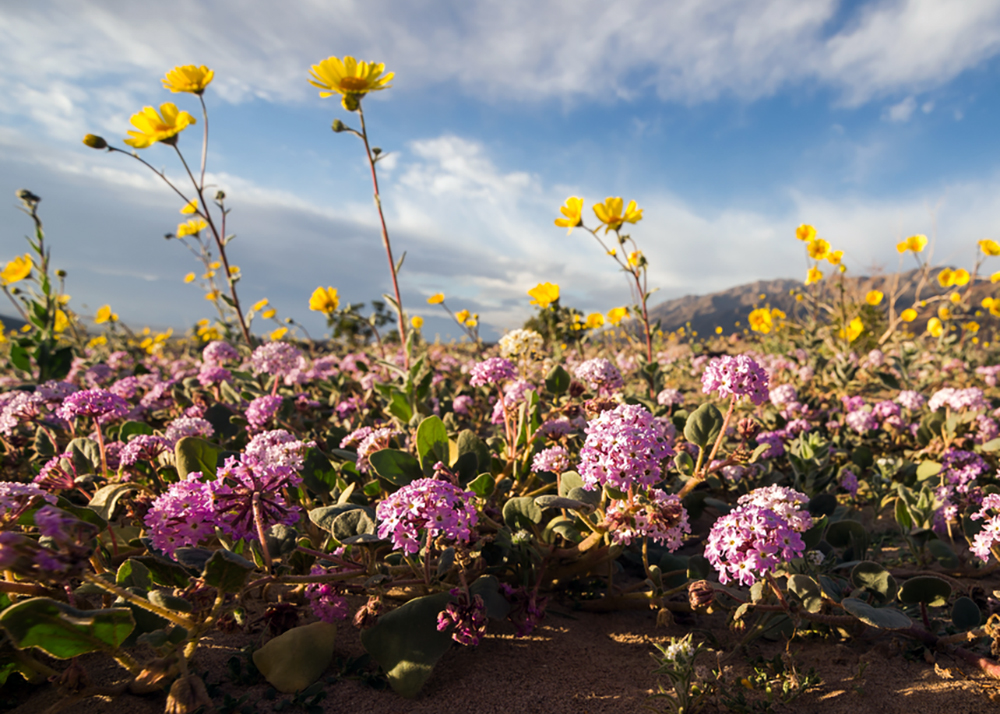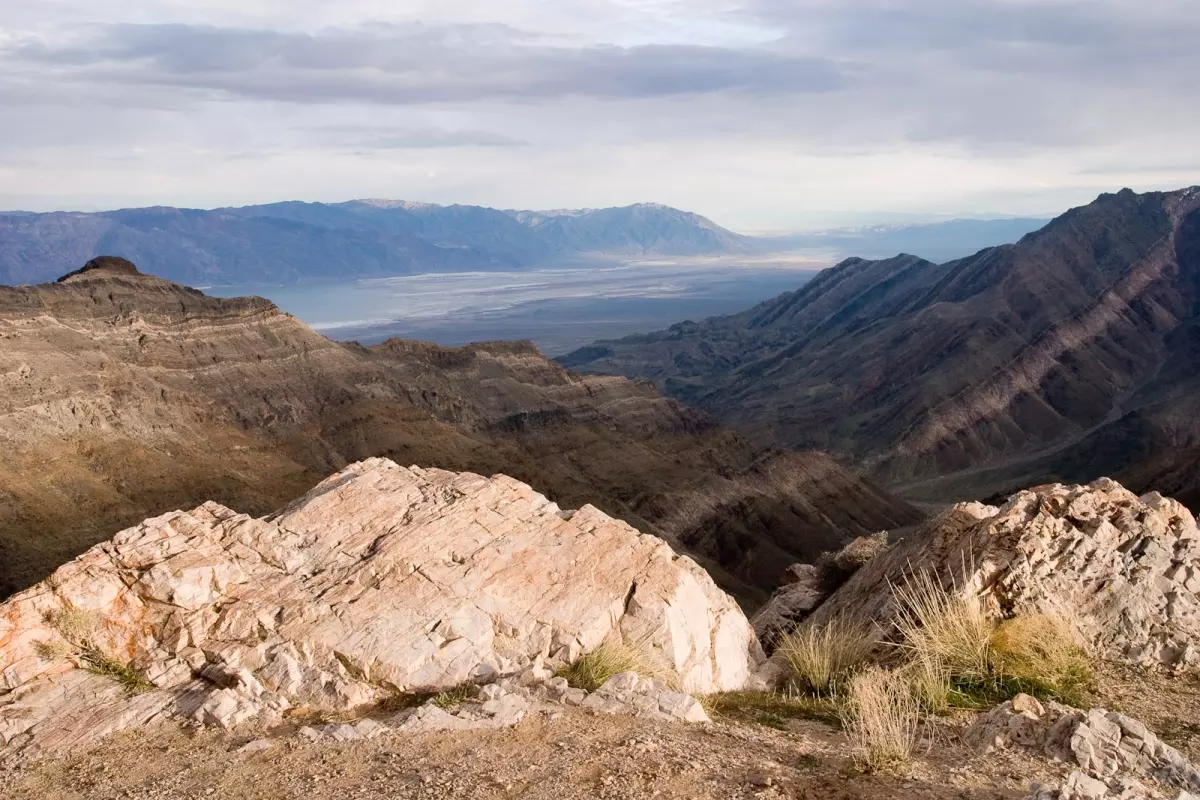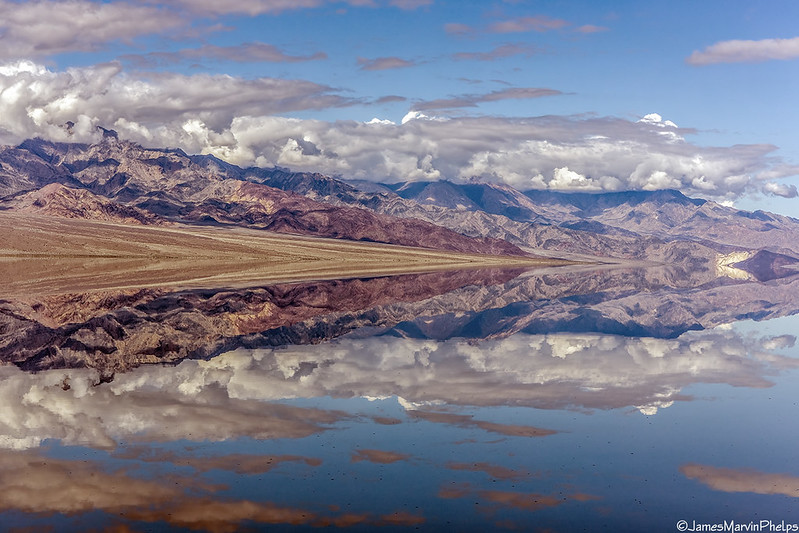 What’s the first thought that comes to mind when you hear the name Death Valley? Probably desert, drought, and well … death.
What’s the first thought that comes to mind when you hear the name Death Valley? Probably desert, drought, and well … death.
But is that all there is to Death Valley? Can the hottest place on Earth be home to lush plants, lakes, and thriving wildlife? Let’s find out!
Death Valley: A Brief History
Interestingly, 15,000 years ago Death Valley was a lush and fertile area with bodies of water dotting the countryside.
For thousands of years, it was home to the Timbisha, an indigenous tribe that was eventually displaced by European settlers. Their name for the valley was “tümpisa”, meaning “rock paint” in their language.
The name Death Valley is said to have originated in 1849 after a group of California-bound travelers met misfortune. Many of them died due to the extreme conditions, and after being rescued, one of the last survivors allegedly looked back at the desert and said “Goodbye, Death Valley” - the name stuck. It was a thriving mining area during the 1848 - 1855 California Gold Rush and was established as a national monument in 1933.
A Desolate Landscape In Bloom
 For years, the western US has experienced extreme drought due to the climate crisis. But with the recent (and rapid!) increase in rainfall, things are quickly changing.
For years, the western US has experienced extreme drought due to the climate crisis. But with the recent (and rapid!) increase in rainfall, things are quickly changing.
In 2023, the national park received more rain in one day than it typically gets annually! This amount of rain caused enough flooding to move boulders and turn a major interstate into a raging river.
But the consequences of this sudden increase in rainfall weren’t all unpleasant. It also caused some amazing events! In 2023, Death Valley experienced what’s called a “superbloom”. Seeds that laid dormant for years during the drought suddenly sprang to life with the rain. The park went from wasteland to lush fields overnight! The dunes were bathed in wildflowers of every color, and the new plants provided shelter and food for animals desperately in need. People flocked from all over to get a glimpse of the beautiful phenomena.
Though this year's rainfall did not cause a "superbloom" event, the carpet of flowers was still a sight to behold.
Lake Manly Reappears
 In addition to the emergence of plant life, the rainfall did something else amazing – revived a lake that makes only rare appearances.
In addition to the emergence of plant life, the rainfall did something else amazing – revived a lake that makes only rare appearances.
Nicknamed Lake Manly, the lake drew visitors from all over the country to look at and splash around in it. The temporary lake is about 3 feet deep at its deepest point, and 5 times more salty than the ocean! This is nothing compared to what Lake Manly was thousands of years ago. Back then, the body of water is estimated to have been around 600 feet deep and 11 miles wide.
Though it has since gotten too shallow, tourists were even able to kayak on Lake Manly. Currently, the lake is drying up and is now only a few inches deep, but it pumped new life into surrounding towns that depend on tourism dollars to survive.
Sources: NatGeo, Washington Post, NBC News, World Atlas, Nationalparks.org, TheHill.org







